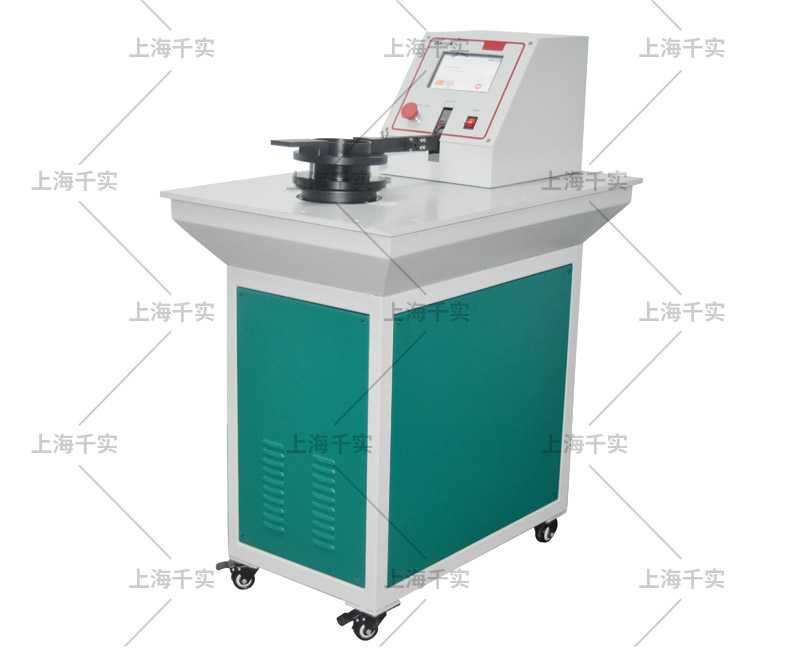Test method of fabric air permeability tester
At present, air permeability test and moisture permeability test of textile materials have become popular. Qinsun Instruments Co., LTD is a manufacturer that develops and produces textile testing instruments. It can provide various conventional textile testing instruments. In addition, its technical engineers said that there are several test methods for each test, including air permeability test. The following are several common test methods sorted out by engineers of Standard Group.
Applicable standards:
GB/T 5453, ISO9237, AFNOR G07-111, ASTM 737, BS 5636, JIS L 1096-A, DIN 53887, etc.
Main parameters:
1. Pressure range: 1~4000Pa;
2. Measurable air permeability: 1~40000mm/s;
3. Measurement error: ≤±2%;
4. Measurable fabric thickness: customized according to samples;
5. Air suction volume adjustment: dynamic adjustment of data feedback;
6. Sample area setting circle: sponge clamp;
7. Clamp size: 100mm*100mm.

1. Pressure difference method
The vacuum method is a representative test method in the pressure difference method. During the entire test process of the vacuum method, the diffusion of the test gas in the sample is unidirectional and simple, so it can be regarded as self-diffusion. The whole diffusion process can be described by Fick's law.
3. Vacuum method
Due to the support of membrane technology theory, the vacuum method has been used as a basic method in air permeability testing. It is a test method with strong versatility in the world. There are also many vacuum method air permeability test standards formulated in the world, and it is often used as a method.
2. Isobaric method
The most widely used is the sensor method in the isobaric method. Since there are two gases of equal quantity in the test environment, there is reverse permeation of the carrier gas (nitrogen) from the lower test chamber to the upper test chamber. Therefore, there are two kinds of diffusion substances, which are mutual diffusion. The actual data comparison proves that the data of the isobaric method is similar to the data of the differential pressure method but not completely consistent, which shows that the reverse permeation of nitrogen does affect the permeation process of oxygen.
4. Sensor method
The testing principle of the sensor method is to maintain normal pressure on both sides of the test sample so that the pressure on both sides of the sample is equal, which also lays the foundation for the oxygen permeability test of the container, and can avoid the situation where the container bursts due to excessive pressure difference on both sides of the container wall. The shape of the container can be bottles, bags, boxes, etc. At present, almost all container packaging on the market can be tested for overall oxygen permeability, which effectively avoids the error caused by sheet material detection and calculation.
Fabric air permeability tester is a common test instrument for air permeability testing. It is used to test the air permeability of melt-blown fabrics, non-woven fabrics, protective clothing materials, special industrial fabrics, general fabrics, sponges, knitted fabrics, coated fabrics, non-woven fabrics and industrial filter paper.
2025-01-09 10:51
- Related News
FAQs about Garment processing equipment
What is the Vertical Flame Test?
What is a needle flame tester?
What is a Dry Microbial Penetration Tester?
Top 10 Fiber Fineness Testing Instruments
Top 10 Penetration & Permeability Testing Instruments
Top 10 Comfort Testing Instruments
